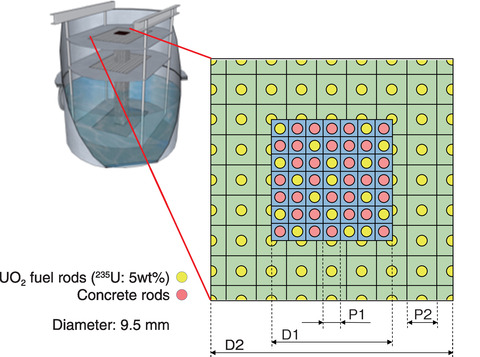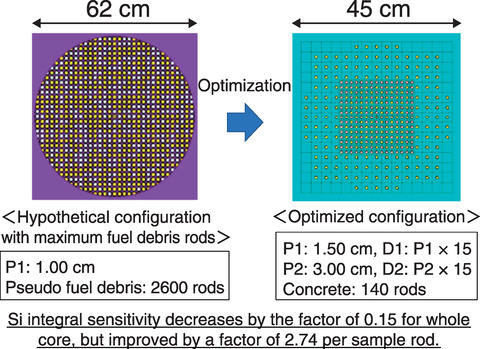
Fig.1-8 Overview of the new STACY and optimization parameters

Fig.1-9 Pressure variation of metal lattices of YH3
In the accident at TEPCO's Fukushima Daiichi NPS, nuclear fuel melted down, resulting in the formation of fuel debris containing structural materials such as steel and concrete. For the retrieval and management of the fuel debris, criticality safety is essential, therefore computations are under way to evaluate criticality characteristics of fuel debris. However, there are no experimental data on the criticality of fuel debris to validate the analytical evaluation. Hence, we started a project to obtain experimentally the data of fuel debris using the new STACY critical assembly, in which pseudo fuel debris rods with well-known composition will be loaded.
In the case of fuel debris including concrete, the concrete itself contains water, which contributes to neutron moderation along with the surrounding water. It is also necessary to evaluate the effects of other concrete components such as Mg, Si, Al, and Ca on criticality characteristics. The preliminary perturbation calculation revealed that the neutron capture reaction of Si had a significant effect. To examine the Si effect efficiently, the core configuration should be optimized. Because of the technical constraints in preparation of the pseudo fuel debris rods with various compositions, and reduction of radioactive waste throughout the experiments, it was decided to use, instead of pseudo fuel debris rods, a combination of UO2 fuel rods and concrete sample rods to simulate environments of the fuel debris. At the same time, the goal of core configuration was set to obtain maximum Si sensitivity with a small number of concrete sample rods.
As shown in Fig.1-8, the fuel rods are arranged at predetermined intervals by lattice plates in the core tank. By changing the lattice plates, it is possible to simulate various neutron-moderation conditions in which the fuel debris is located. In the optimization, a two-region core configuration was devised to reduce the total number of fuel rods, with UO2 fuel rods and concrete sample rods in the central region and only UO2 fuel rods in the outer region. The optimization parameters are the lattice interval (P1, P2), the size of the region (D1, D2), and the ratio of concrete sample rods (w). First, P1 was set to obtain a targeted condition of neutron moderation for fuel debris, P2, D1, D2, and w were optimized to maximize the sensitivity of the Si neutron capture reaction. Fig.1-9 shows one of the results of the core configuration optimization. Although the integral Si sensitivity of the optimized core configuration is lower than the hypothetical case in which a large amount of simulated fuel debris is prepared and loaded, the sensitivity obtained per concrete sample rod is 2.74 times higher than that of the hypothetical case. In addition, a realistically constructible core configuration is obtained. These experimental data will greatly contribute to obtaining the effect of concrete components including Si on criticality characteristics and is expected to be useful for the development of criticality evaluation methods for the handling of fuel debris during decommissioning.
The work reported in this article was performed under the auspices of the Secretariat of Nuclear Regulation Authority (NRA), Japan.
(Satoshi Gunji)